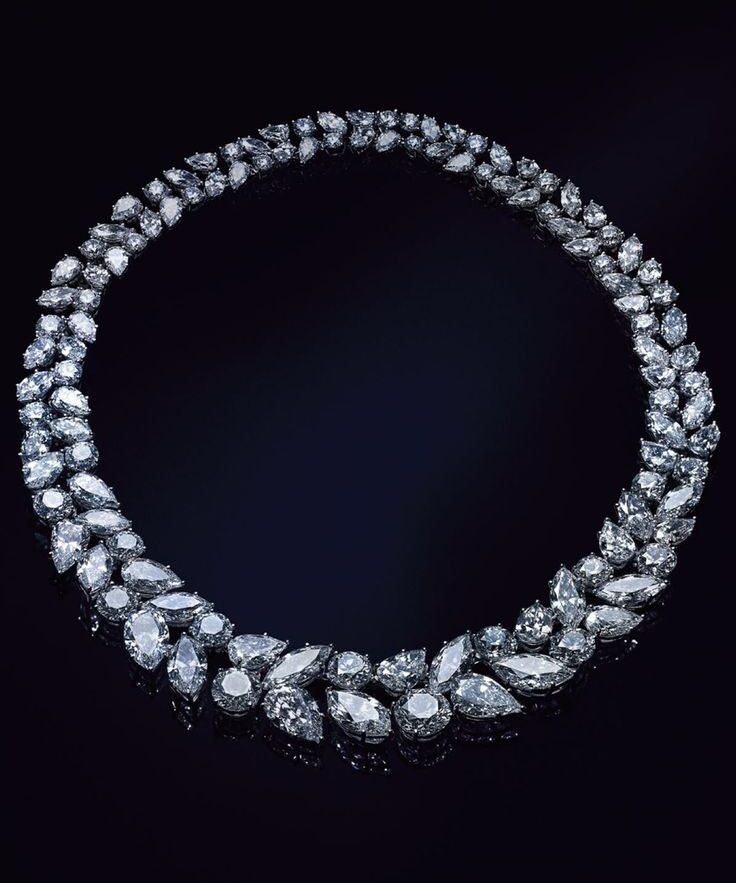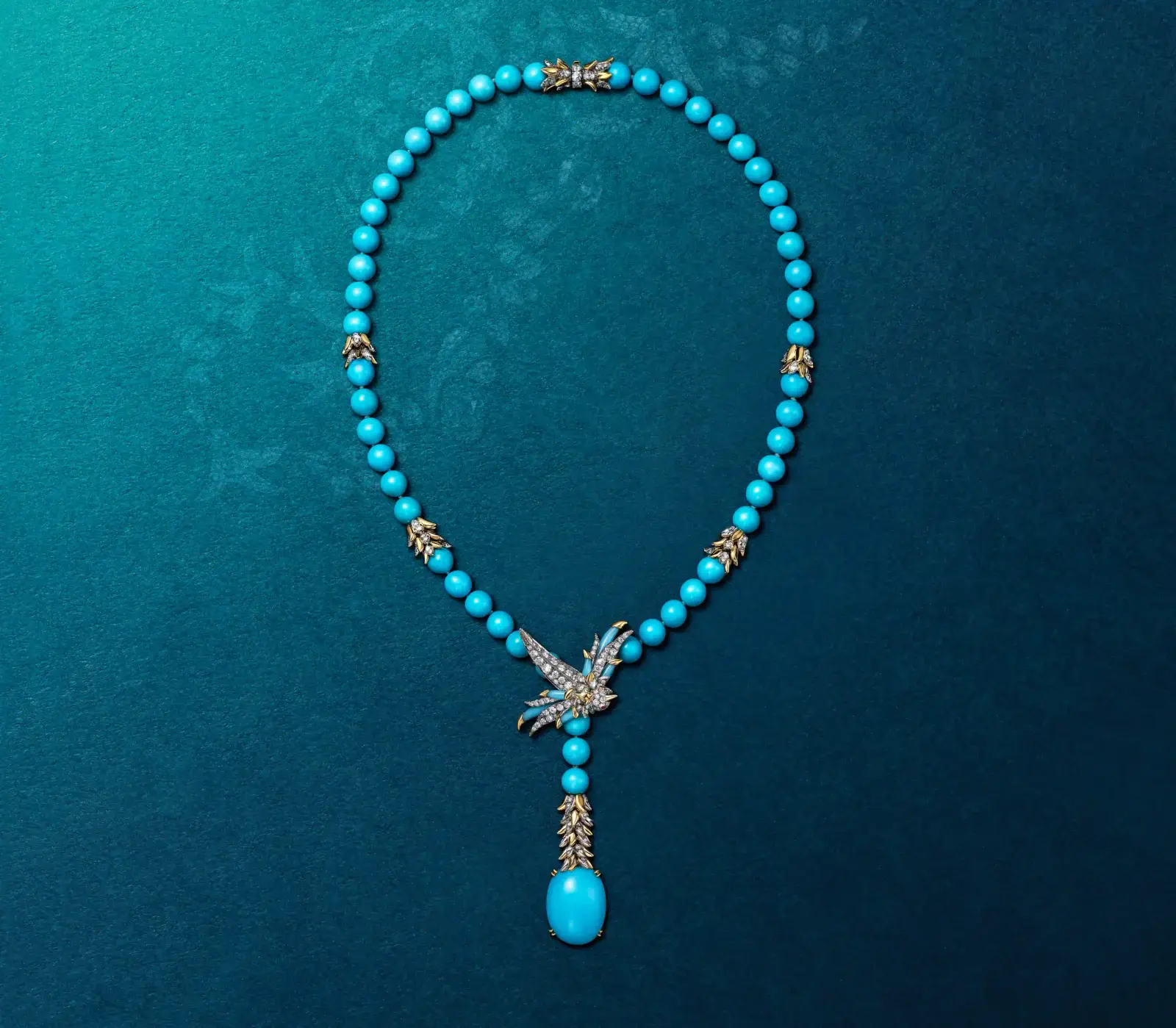The conversation around what constitutes a modern heirloom, a jewel designed to be cherished today and treasured tomorrow, has never been louder. At the center of this debate are five of the most storied names in fine jewelry: Cartier, Tiffany & Co., Bulgari, Van Cleef & Arpels, and Harry Winston. Each maison brings with it a storied past, a singular aesthetic, and a loyal following of collectors, tastemakers, and dreamers who look to them not simply for adornment, but for legacy.
The idea of the heirloom begins with heritage, and no conversation can start without Cartier. Founded in Paris in 1847, Cartier quickly became synonymous with French elegance, crafting jewels for kings, queens, and the crowned heads of Europe. The maison pioneered everything from the Art Deco Tutti Frutti style to platinum settings that seemed impossibly light. Today, its creations like the Love bracelet, Tank watch, and Trinity ring have evolved into cultural shorthand, tokens of commitment, power, and style that will never feel dated.
Across the Atlantic, Tiffany & Co. was founded a decade earlier in 1837 and became the heartbeat of American luxury. From the iconic Tiffany Setting engagement ring to the legendary 128.54-carat yellow diamond, Tiffany perfected the art of romance in gemstone form. Its Blue Book catalog, first published in 1845, continues to shape the way Americans, and now a global clientele, dream about fine jewelry. The unmistakable robin’s egg blue box has become as covetable as the treasures within, transforming every Tiffany piece into a symbol of both love and cultural belonging.
Rome gave the world Bulgari, founded in 1884 by Sotirios Voulgaris. Where the French and American houses leaned on restraint, Bulgari embraced exuberance. It became known for bold cabochon gemstones, architectural settings inspired by Rome’s grandeur, and a fearless embrace of yellow gold. The Serpenti coils, the ancient coin Monete jewels, and the sculptural B.zero1 rings are not shy whispers of elegance but bold declarations of identity.
In Paris, Van Cleef & Arpels emerged in 1896 as the maison of poetry. From its invention of the Mystery Setting, which makes gems appear to float without visible prongs, to the talismanic Alhambra motif introduced in the 1960s, Van Cleef imbues its jewels with whimsy and romance. Flowers bloom, butterflies flutter, and four-leaf clovers carry with them the promise of luck.
Finally, Harry Winston, founded in New York in 1932, elevated diamonds to mythic status. Known as the “King of Diamonds,” Winston acquired and re-cut some of the world’s most legendary stones, including the Hope Diamond. His philosophy, that jewels should celebrate the natural brilliance of gemstones rather than be overshadowed by their settings, has defined Hollywood glamour for decades. To own a Harry Winston creation is to carry a fragment of cinematic history, a reminder that diamonds, when treated with reverence, become eternal.
While the maisons differ in style, they converge on one essential truth: an heirloom must transcend the moment. It requires timeless design that looks as relevant on the wrist of a granddaughter as it once did on her grandmother. It demands craftsmanship so meticulous that the jewel can endure decades of wear without losing its integrity. It must be instantly recognizable. Most importantly, it must carry an emotional charge. An heirloom is not just a possession. It is a memory in metal and stone, a marker of milestones, and a story to be retold.
In the last decade, fine jewelry has undergone a renaissance. Once the preserve of royalty and society’s upper crust, it has become an arena where the modern consumer makes meaningful investments. Social media has amplified the phenomenon, turning icons into viral obsessions. Van Cleef’s Alhambra, once quietly cherished, has been reborn on Instagram and TikTok as a badge of refined taste. Cartier’s Love bracelet, first designed in the 1970s, now adorns the wrists of Gen Z entrepreneurs and Hollywood stars alike. Tiffany has repositioned itself with bolder collections and cultural collaborations, drawing a younger clientele into its blue-box orbit. The appetite for high jewelry has not only expanded. It has become democratized, with collectors buying fewer but more significant pieces that carry both beauty and value.
Each maison speaks to a slightly different soul. Cartier appeals to the global elite who crave heritage and recognizability, a clientele that values understated power and historic gravitas. Tiffany continues to dominate among those seeking symbols of romance and commitment, young couples buying their first engagement ring, but also younger collectors who associate Tiffany with New York’s cultural pulse. Bulgari draws the flamboyant, those who gravitate toward bold color and sculptural forms, consumers who see jewelry as an extension of fashion and personality. Van Cleef attracts romantics and dreamers, collectors who prefer subtlety, craft, and narrative, often those who appreciate the maison’s artistic storytelling. Harry Winston, meanwhile, remains the ultimate destination for ultra-high net worth individuals and celebrities, clients who want the rarest stones and the ultimate statement on the red carpet.
The significance of a jewel lies not only in its materials but in its lineage. To inherit a Cartier bracelet is to carry with it not just gold and diamonds, but a legacy of French aristocracy and cultural modernism. A Tiffany engagement ring represents not only a personal union but also a century-long tradition of American romance. A Bulgari Serpenti necklace is both adornment and sculpture, a wearable echo of Rome’s grandeur. A Van Cleef Alhambra pendant is imbued with luck, passed down like a talisman. And a Harry Winston diamond cluster carries with it the aura of red carpets and Hollywood legends.
Legacy also shapes the way maisons design today. Many are mining their archives, reviving vintage motifs with modern twists. This archival revival serves two purposes: it reminds seasoned collectors of the brand’s enduring relevance and educates a younger audience about the continuity of design. Provenance, too, has become a driving force in value. Pieces once worn by icons like Elizabeth Taylor or Grace Kelly still influence contemporary buyers, who view jewelry not just as adornment but as artifacts of cultural history.
While these categories blur, few collectors are monogamous in their jewelry loyalties. The maisons deliberately cultivate these distinct identities, ensuring that owning their jewels feels not just luxurious but personal.



